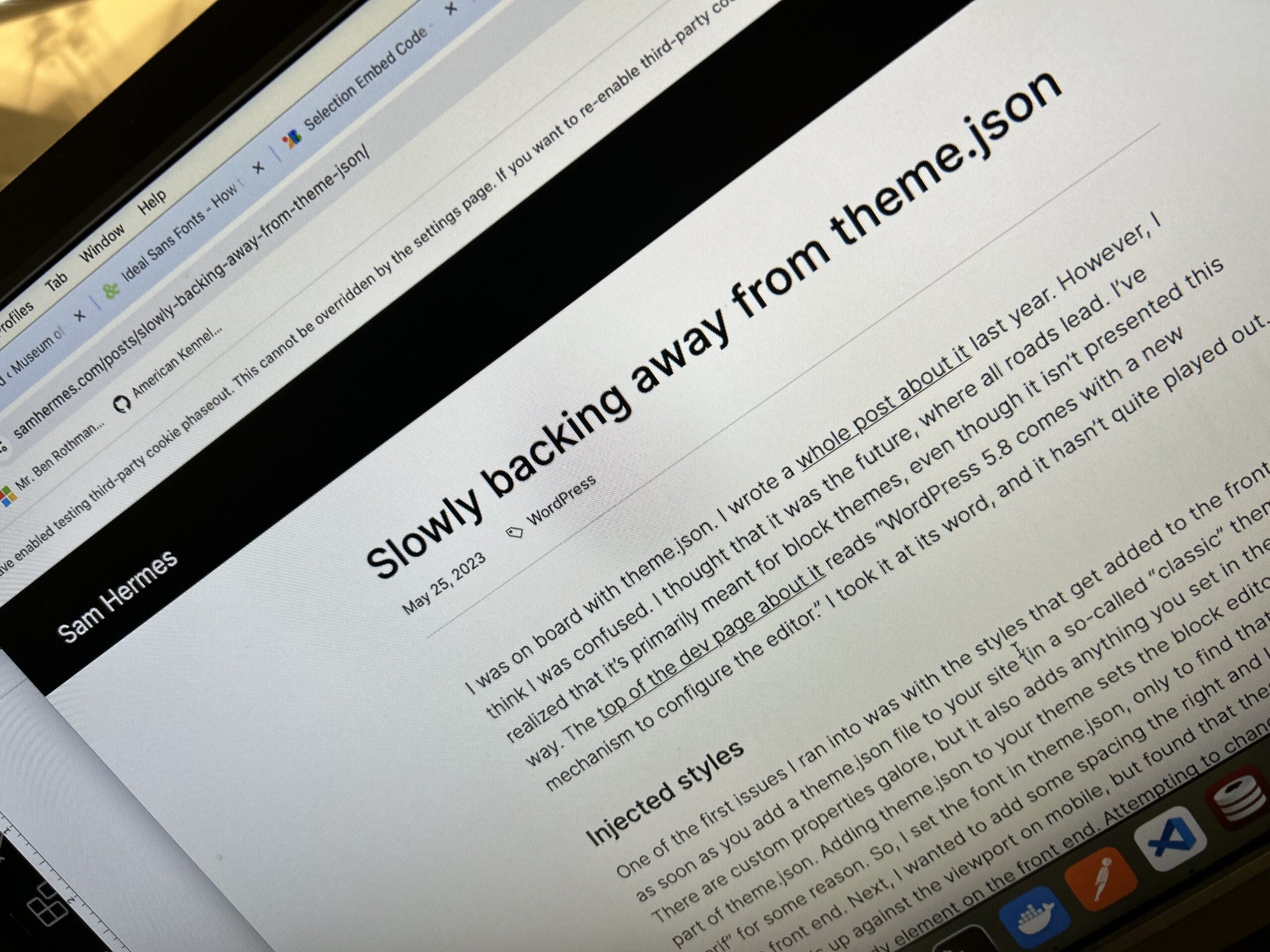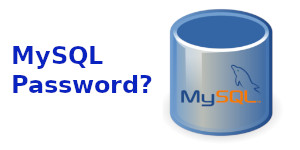This was an extra long but good event. Usually WordCamps are 1-3 days and this one was 4 which was cool. It was great to see a lot of the WordPress community (as shown in the fun group picture they took of us which I added to this article).
The talks at this WordCamp were cool as well, obviously I gravitated more towards the developer-y talks. Those talks were not as technical as in the past, not that I was looking for code breakdowns at every talk but it was all developer concepts rather than development. Explaining how something was done (which is what the talks did) is different than explaining the code that was used to do something. Honestly I don’t know what I am complaining about, a few talks did show actual code it was just that the majority of them did not.
 Ben
Ben 








